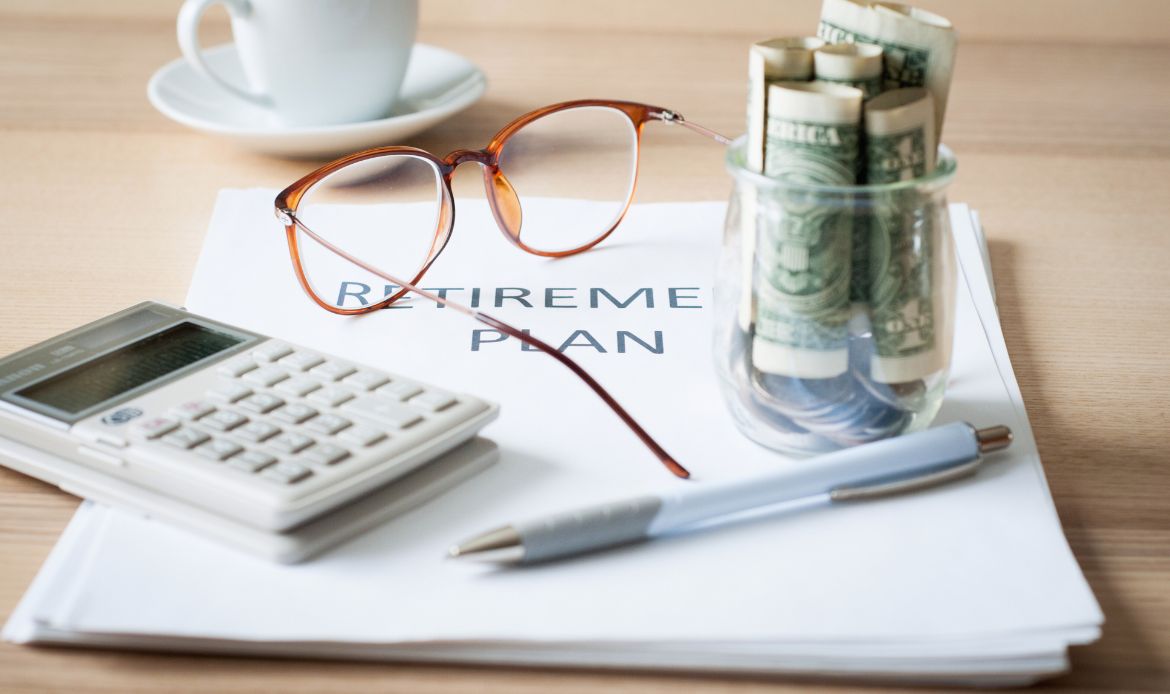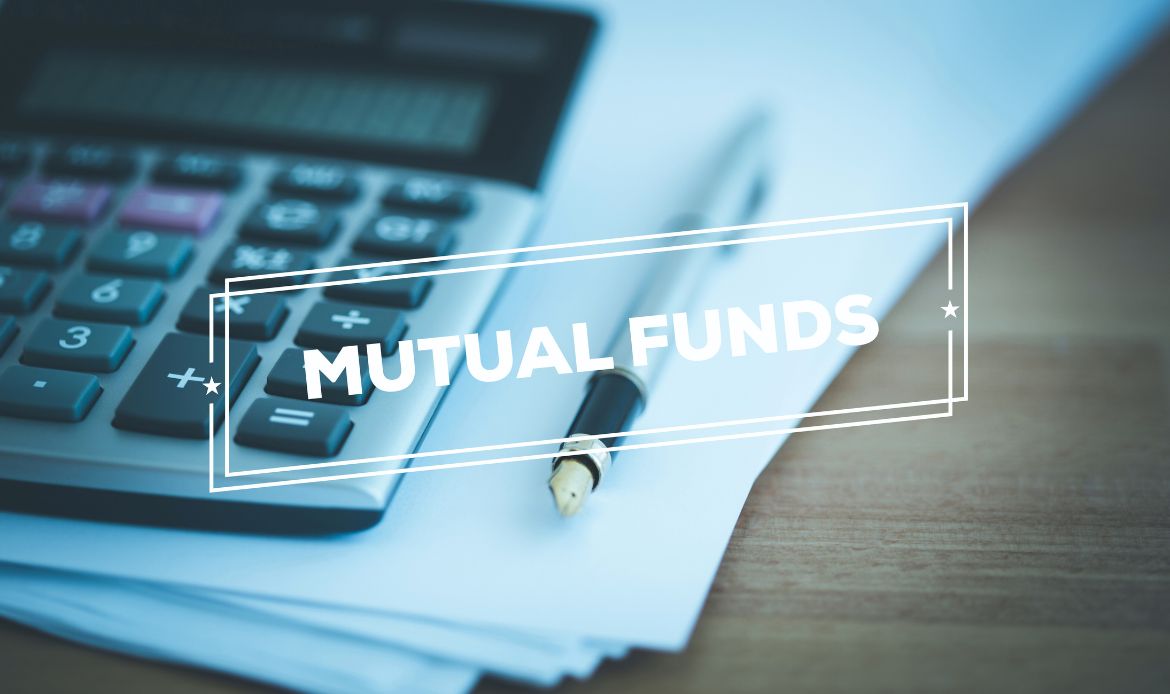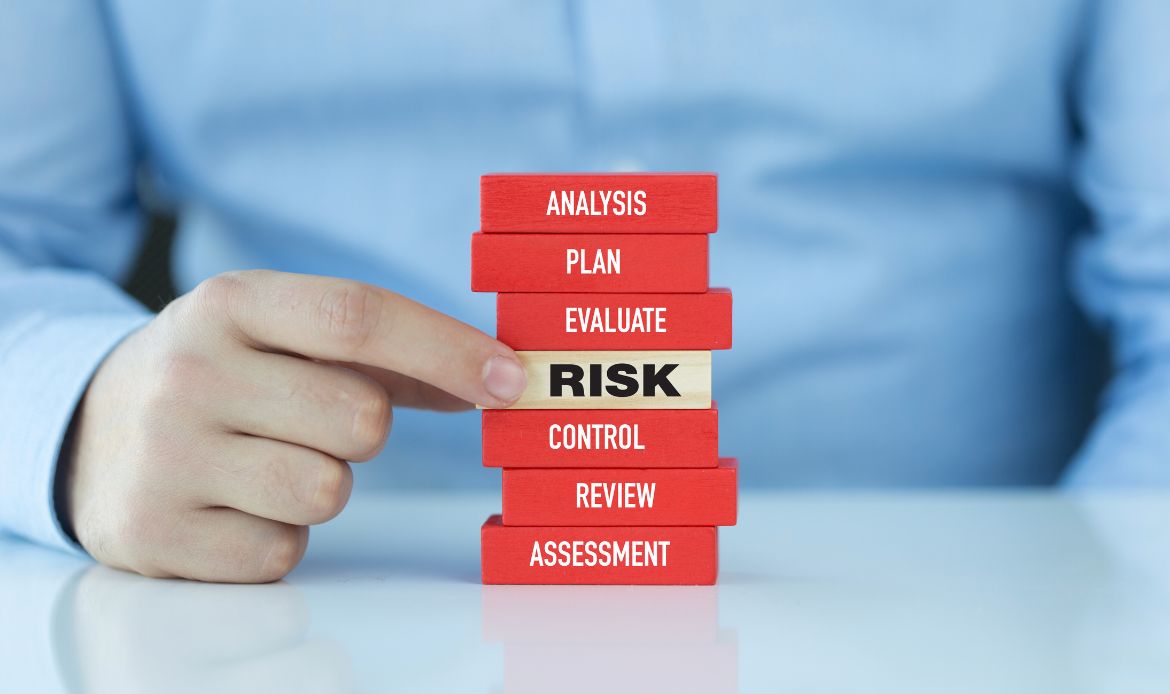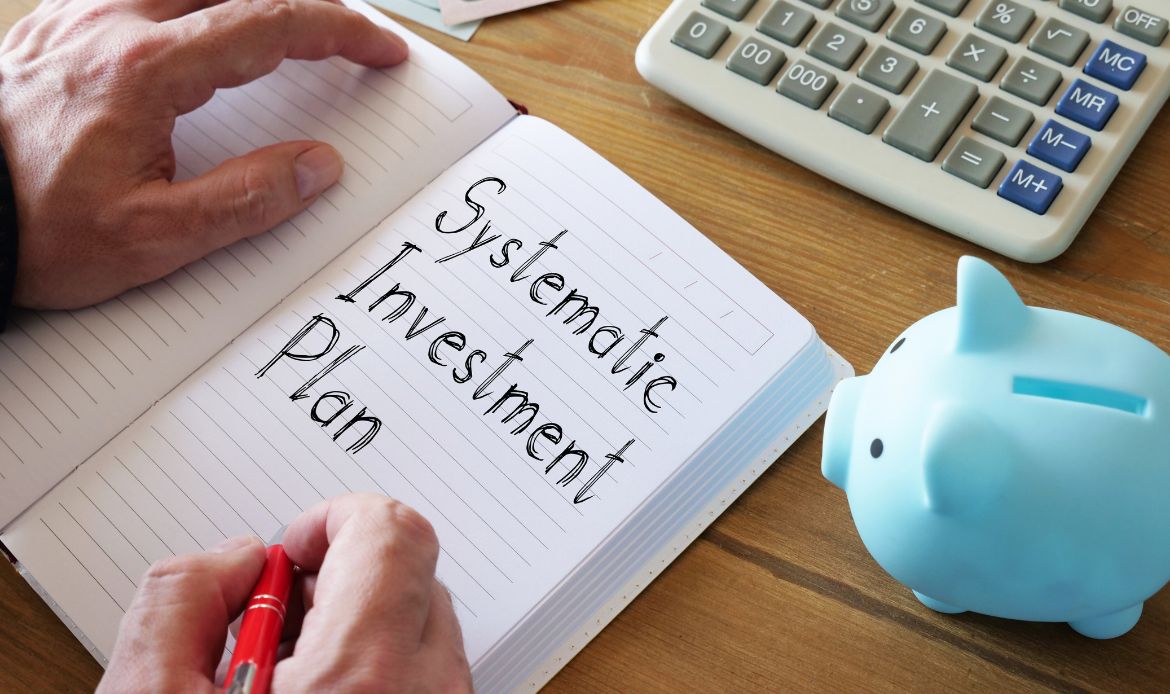Retirement planning is a crucial part of financial security. Regardless of your age, planning for retirement should be a priority — but the approach varies significantly between those in their 30s and those in their 50s. While the basic principle of building wealth for the future remains the same, the strategy you use and the urgency of the matter will change based on how much time you have left before retirement.
In this blog, we will compare retirement planning in your 30s versus your 50s, highlighting the differences in approach, challenges, and opportunities at each stage of life. By the end, you’ll have a clearer understanding of how your retirement planning strategy should evolve as you age.
Retirement Planning in Your 30s: Building a Strong Foundation
In your 30s, retirement seems far off, but this is the best time to lay a solid foundation for your future. With decades ahead of you, time is on your side. The earlier you start saving and investing, the more you can take advantage of compound growth. Here’s how you can get started:
1. Start Early and Maximize Compound Interest
The earlier you start, the more your money will grow. Compound interest works by earning interest on both your initial investment and the interest it generates. In your 30s, you have time to let your money grow exponentially. Even small contributions made early can snowball into significant savings.
For example, if you invest just $300 a month at an average return of 7%, you could have more than $500,000 by the time you retire, assuming you start at age 30. By starting early, you give your investments decades to grow and make a significant impact on your retirement nest egg.
2. Focus on Growth-Oriented Investments
In your 30s, you likely have a longer time horizon, which means you can afford to take more risks in your investments. Growth-focused investments like stocks or equity mutual funds are ideal for this stage. These investments are more volatile in the short term, but over the long term, they have the potential to deliver higher returns.
You should allocate a significant portion of your portfolio toward stocks and growth-oriented assets. As you move closer to retirement, you can shift to more stable investments, but in your 30s, you want to maximize growth.
3. Take Advantage of Retirement Accounts
Contributing to retirement accounts such as a 401(k) or an IRA can significantly boost your retirement savings. Many employers offer matching contributions to your 401(k), which is essentially free money that should not be left on the table. Even if your employer doesn’t offer a match, contributing to these accounts provides tax advantages that can grow your retirement savings more quickly.
Additionally, consider opening an Individual Retirement Account (IRA) to take advantage of the tax-deferred growth that these accounts offer. The earlier you contribute, the better, as you will benefit from years of tax-free compounding.
4. Build an Emergency Fund
While retirement planning is a long-term goal, don’t neglect short-term financial security. Establishing an emergency fund should be one of your top priorities in your 30s. Aim for three to six months of living expenses in a liquid, easily accessible savings account. This will help protect you from unexpected events like job loss or medical emergencies, ensuring that your retirement savings remain intact.
Retirement Planning in Your 50s: Catching Up and Reassessing Goals
As you approach your 50s, retirement starts to feel much closer. This is the time to reassess your financial situation, make adjustments, and possibly catch up on any retirement savings you might have missed. In your 50s, the focus shifts from growth to securing and protecting the wealth you’ve accumulated, while still aiming for a comfortable retirement.
1. Adjust Your Investment Strategy
As you enter your 50s, your investment strategy should become more conservative. The last thing you want is to risk losing a significant portion of your retirement savings just as retirement is approaching. This doesn’t mean you should stop investing in stocks altogether, but you should start to shift your portfolio to safer assets like bonds, dividend-paying stocks, or balanced mutual funds.
Your allocation should be a mix of growth assets (stocks) and income-generating assets (bonds, dividend stocks) to help you preserve capital while still allowing for some growth. A common strategy in your 50s is the 100-minus-your-age rule, which suggests you should have a percentage of your portfolio equal to 100 minus your age in stocks. For example, at age 50, you should have 50% of your portfolio in stocks and 50% in bonds or other low-risk assets.
2. Maximize Contributions to Retirement Accounts
In your 50s, you can take advantage of catch-up contributions to retirement accounts. For example, in a 401(k), individuals over 50 can contribute an additional $6,500 per year, and in an IRA, the catch-up contribution is $1,000. These extra contributions can help boost your savings in the final years before retirement.
If you haven’t already maxed out your 401(k) or IRA contributions, now is the time to do so. These contributions will reduce your taxable income, and the money will grow tax-deferred until you start withdrawing it in retirement.
3. Reevaluate Your Retirement Goals and Expenses
As you approach retirement, it’s crucial to evaluate your retirement goals and adjust your savings strategy. What kind of lifestyle do you envision in retirement? Will you want to travel, maintain a certain standard of living, or downsize? Assessing these goals early in your 50s will give you a clear picture of how much you need to save.
Also, take a close look at your anticipated retirement expenses. It’s important to consider healthcare costs, which tend to rise as you age. You should start researching healthcare options, including Medicare, to plan for potential medical expenses in retirement.
4. Plan for Healthcare Costs
Healthcare is one of the biggest expenses retirees face. By the time you reach your 50s, it’s wise to begin planning for medical costs in retirement. This includes both immediate health insurance costs and long-term care needs. Even if you have employer-sponsored insurance now, it’s important to understand your options once you retire, as private health insurance premiums tend to rise as you get older.
Start researching long-term care insurance to help cover expenses related to assisted living or home care if needed. Having a plan for healthcare costs will prevent you from dipping into your retirement savings prematurely.
5. Consider Downsizing or Adjusting Your Living Situation
In your 50s, you may start thinking about your living situation in retirement. Will your current home be too big or too expensive to maintain in retirement? Downsizing to a smaller home or relocating to an area with a lower cost of living can free up extra funds for retirement.
Even if you’re not planning to move, consider whether your current home is an appropriate asset to tap into for retirement funding. Some people choose to sell their homes in retirement and rent, while others use home equity loans or reverse mortgages.
Key Differences Between Retirement Planning in Your 30s vs. 50s
- Time Horizon: In your 30s, you have decades to grow your wealth through compound interest, while in your 50s, you are closer to the end of your working life and need to focus on securing and preserving your wealth.
- Investment Strategy: In your 30s, you can afford to take on more risk with a growth-oriented portfolio. In your 50s, your portfolio should become more conservative to protect the wealth you’ve built.
- Retirement Contributions: In your 30s, the focus is on starting early and taking advantage of employer-sponsored retirement plans. In your 50s, you can make catch-up contributions to make up for any shortfall.
- Goals and Expenses: In your 30s, you’re likely saving for long-term goals and growth. In your 50s, you should reassess your goals, plan for healthcare costs, and adjust your lifestyle expectations for retirement.
Conclusion
While retirement may seem far away in your 30s, it’s important to start planning early. The key to successful retirement planning is time — the more time you give your investments to grow, the greater your chance of achieving your goals. On the other hand, if you’re in your 50s and haven’t saved as much as you’d like, it’s not too late to catch up. By adjusting your strategy, maximizing contributions, and reevaluating your goals, you can still build a comfortable retirement.
At Finora Wealth, we specialize in helping individuals at every stage of their retirement planning journey. Whether you’re just starting out in your 30s or trying to catch up in your 50s, we can guide you through the process of building a secure and prosperous retirement. Let us help you get started today!








